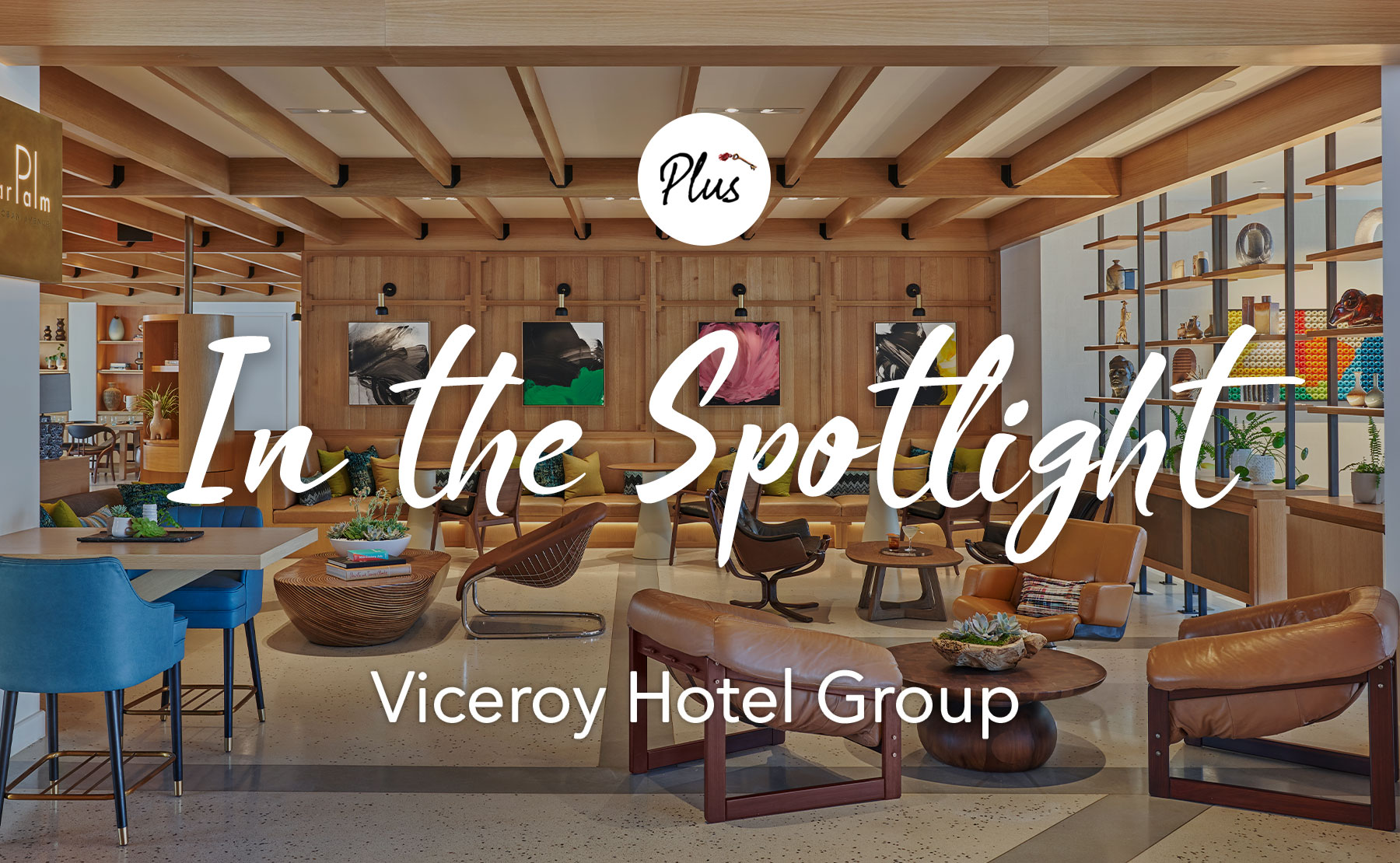
Click on the hotels below to see the perks and privileges they’re currently offering. Click here to learn more about Tablet Plus.

Viceroy Snowmass
Snowmass, Colorado
Ski hotels in general were a little bit late hopping on the design bandwagon. But you’d expect Aspen, more than most resort towns, to be sensitive to the aesthetic dimension of a winter holiday. And in some cases you’d be right — nowhere more so than the sparkling new Viceroy Snowmass, which lies at the foot of the largest of Aspen’s four ski mountains, offering ski-in/ski-out access to some of Colorado’s best skiing.
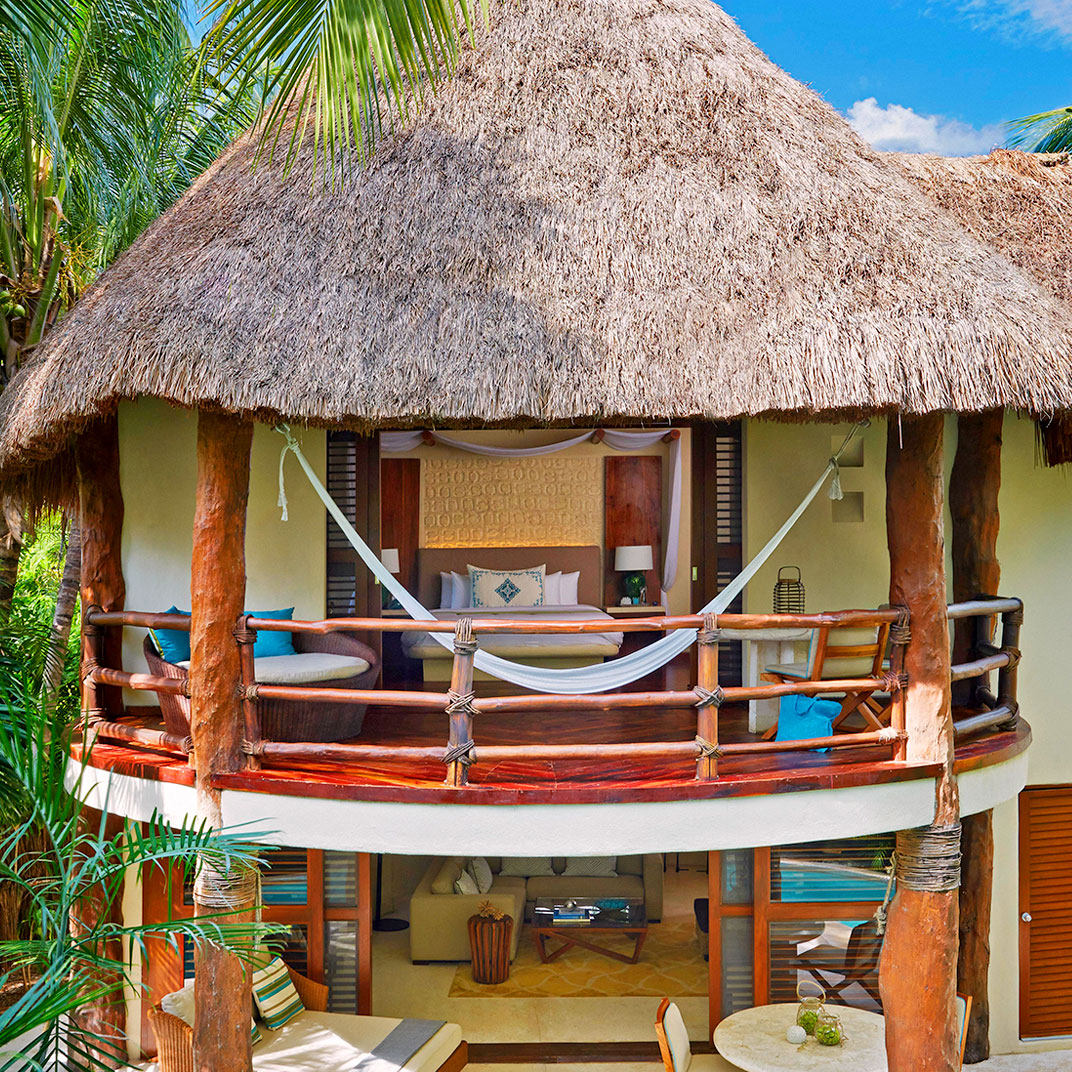
Viceroy Riviera Maya
Playa del Carmen, Mexico
The name might be more familiar from places like Miami and Santa Monica, but the Viceroy Riviera Maya is proof that the Viceroy group is equally at home in less urban environs. Here, more than most beach hotels, the focus is less on the accommodations themselves than on the setting, a tiny enclave of tasteful, restrained development on a coast that, the rest of the way up and down, is pretty far from unspoiled.
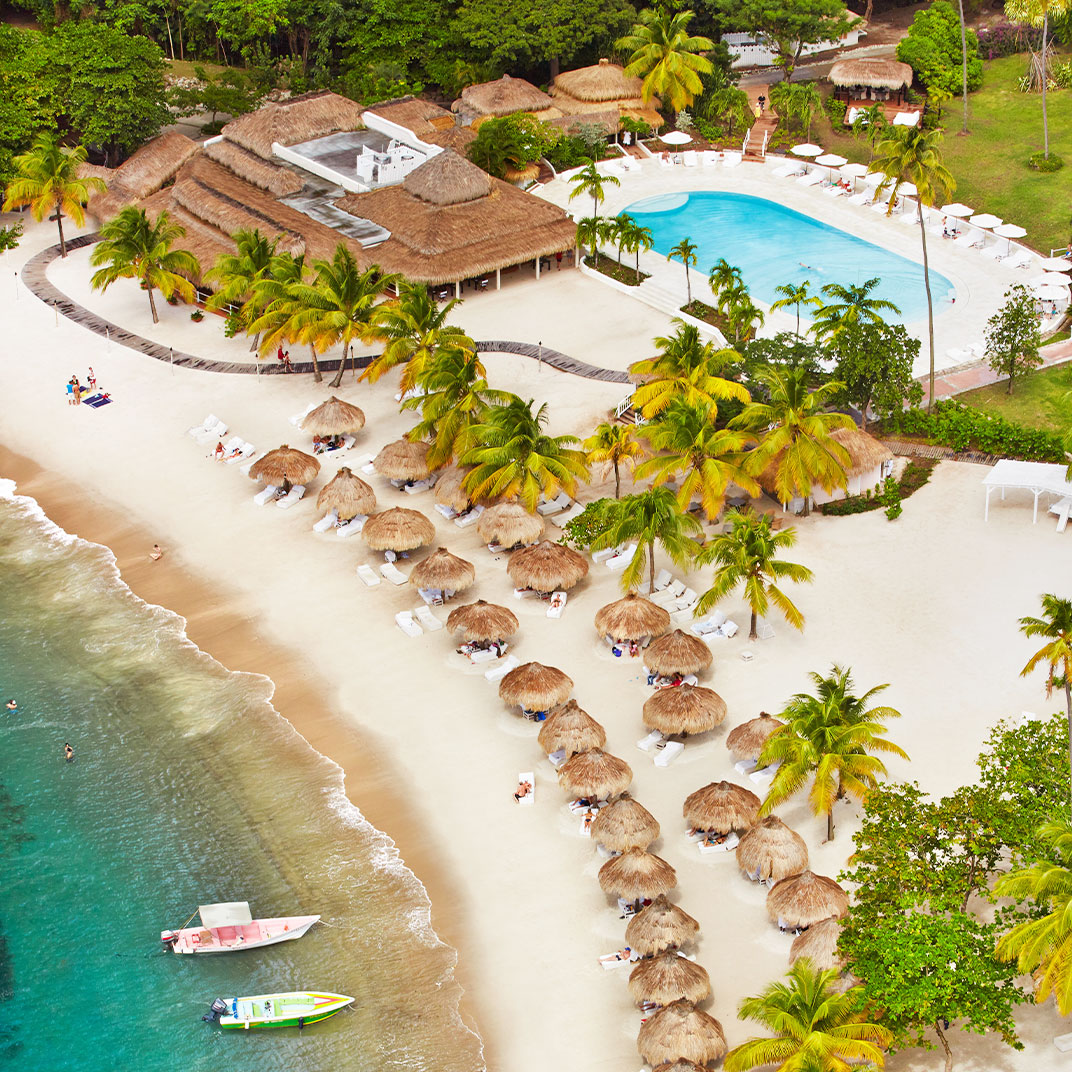
Sugar Beach, A Viceroy Resort
Soufriere, St. Lucia
The old Jalousie Plantation joins the growing Viceroy portfolio, re-opening after some considerable improvements as Sugar Beach, a Viceroy Resort. Of course this was always one of the region’s hidden gems, starting with St. Lucia itself, always the tonier, more secluded end of the Caribbean. It’s an island that doesn’t lack for natural beauty, but even in that context Sugar Beach’s hundred acres of rainforest are something special, nestled as they are between the island’s twin volcanoes. And it may be the breathtaking white sand beach, the only one on the island, that pushes it over the top.
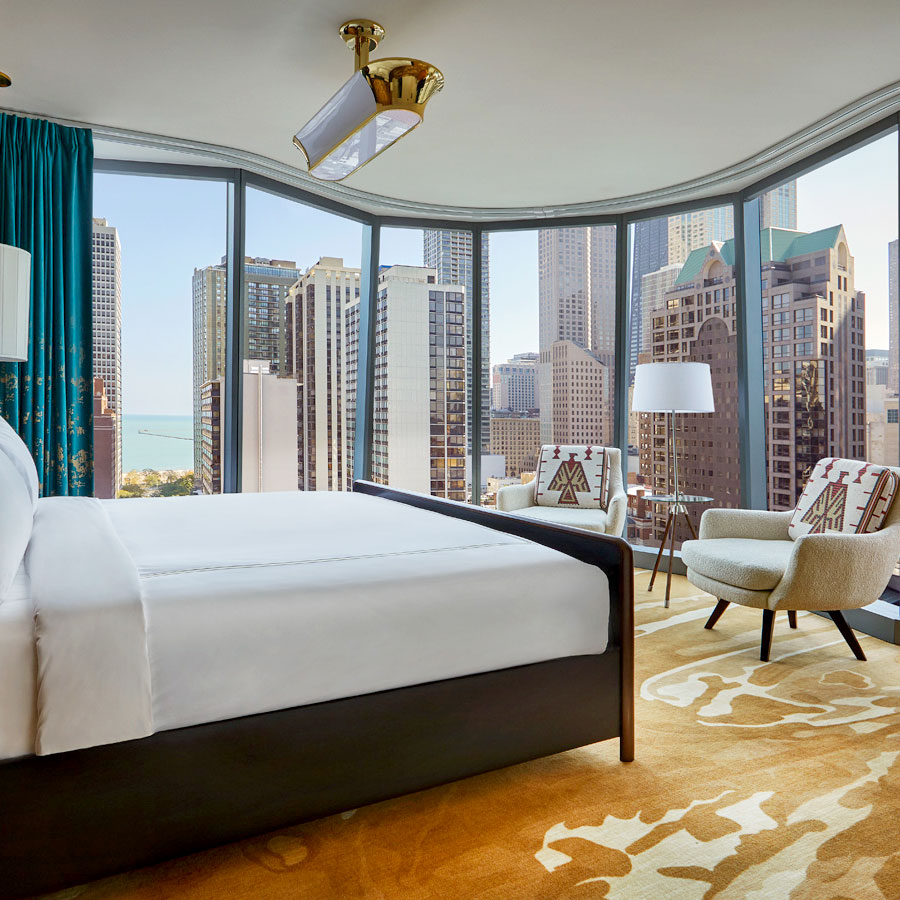
Viceroy Chicago
Chicago, Illinois
The Viceroy hotels exist at the intersection of luxury-hotel extravagance and boutique-hotel tastefulness, and the brand-new Viceroy Chicago is no different. The building, a gently undulating glass tower, is pure luxe modernity, but the lower floors blend effortlessly into Chicago’s Gold Coast, thanks to the meticulously preserved façade of the 1920s-vintage Cedar Hotel, which was reassembled brick by brick once the tower was complete.

Hotel Emblem San Francisco
San Francisco Bay Area, California
Today it’s perhaps more accurately seen as Silicon Valley’s grittier urban neighbor, but San Francisco’s counter-culture bona fides are indisputable. It’s strange that the city’s boutique hotels don’t make more of its bohemian history, but Hotel Emblem is all in — from its book-lined Writer’s Alcove to its Beat-inspired cocktail bar and its literary-inspired artworks, it wears its artistic inspiration on its sleeve.

Viceroy Santa Monica
Los Angeles Area, California
For as long as Tablet’s been online, the Viceroy Santa Monica has been a California favorite, a luxe and discreet little enclave set a block and a half back from the beach, convenient to everything in town but just remote enough to feel like a properly private escape. Fresh off a thorough renovation, the Viceroy’s colonial-style interiors have been replaced by a warmer, more organic look, one that pays tribute to the building’s Modernist heritage as well as the natural splendor of Southern California.
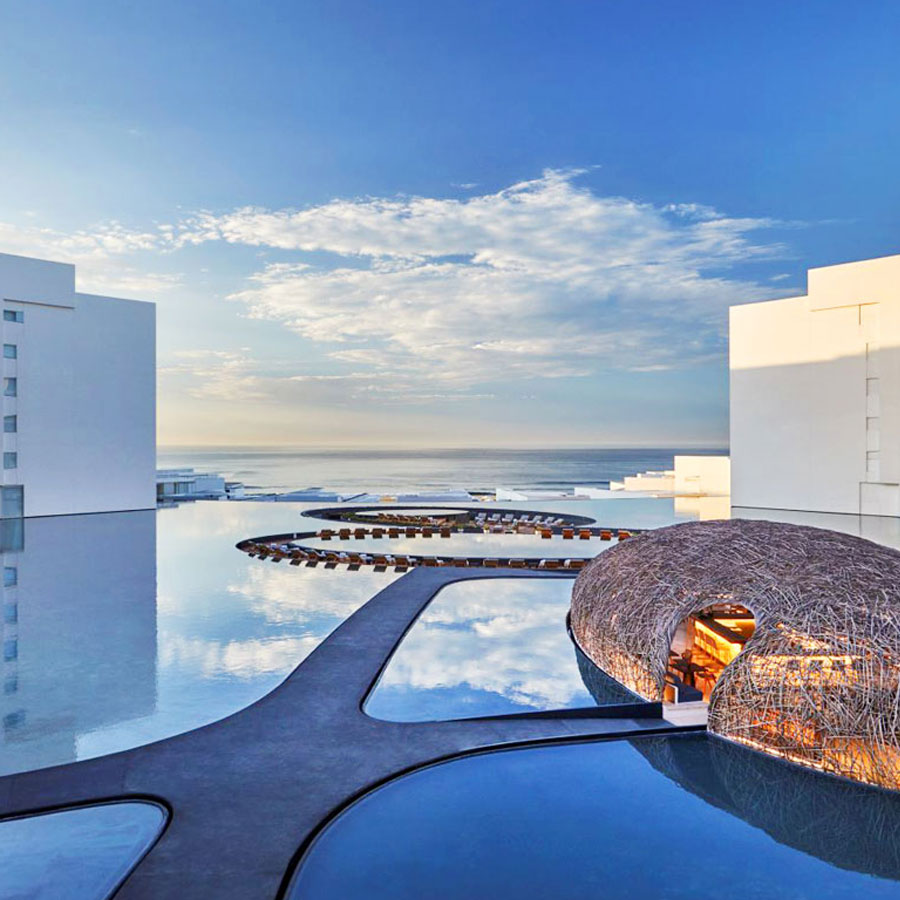
Viceroy Los Cabos
Los Cabos, Mexico
Located in San José del Cabo, the quieter, more upscale cousin of Mexico’s west-coast party capital, Viceroy Los Cabos is remarkable for its architectural distinction: it’s a dramatic statement by Miguel Ángel Aragonés, a Mexican architect celebrated for his boldly unconventional designs. This is one of the most aggresively stylish of the Viceroy hotels: sleek and otherworldly, all clean lines, cantilevers, deep shadows and stark white cubes — “floating boxes,” to borrow the architect’s apt phrase — mirrored in still blue reflecting pools.

Hotel Zeppelin San Francisco
San Francisco, CA, USA
Despite San Francisco’s long heritage as a counterculture capital, its hotels tend to err a bit on the squeaky-clean side, stylistically speaking. Suffice it to say it’s not a problem the Hotel Zeppelin has. This boutique hotel is going all in on the rock-and-roll vibe — the name, presumably, isn’t a reference to an inflatable airship — and the result is one of the city’s edgier, more bohemian offerings.

Hotel Zetta San Francisco
San Francisco, CA, USA
In San Francisco, things are different. The locals have a finely-tuned sense for anything that could possibly come off as pretentious — which might be another way of saying that luxury, in San Francisco, means reclaimed wood, salvaged antiques, and a healthy dose of funkiness where an L.A. hotel might opt for glossy glamour. Either way, funkiness is what you get from Hotel Zetta, along with a playful edge that’s inspired by the tech industry, likely Zetta’s main source of patronage.

Viceroy Washington DC
Washington D.C., DC, USA
If there’s one hospitality brand that’s capable of perfectly threading the needle between too-hip boutiques and too-normal business hotels it’s got to be Viceroy. It helps that their aesthetic takes liberal inspiration from mid-century modernism, which is a style anyone can love. And it also helps that they’ve got a keen sense of what comforts are essential, elevating their creations beyond mere eye candy. Viceroy Washington DC makes the most of this bipartisan, across-the-aisle approach — it’s luxe enough to tempt luxury-hotel partisans and stylish enough for the boutique crowd as well.


